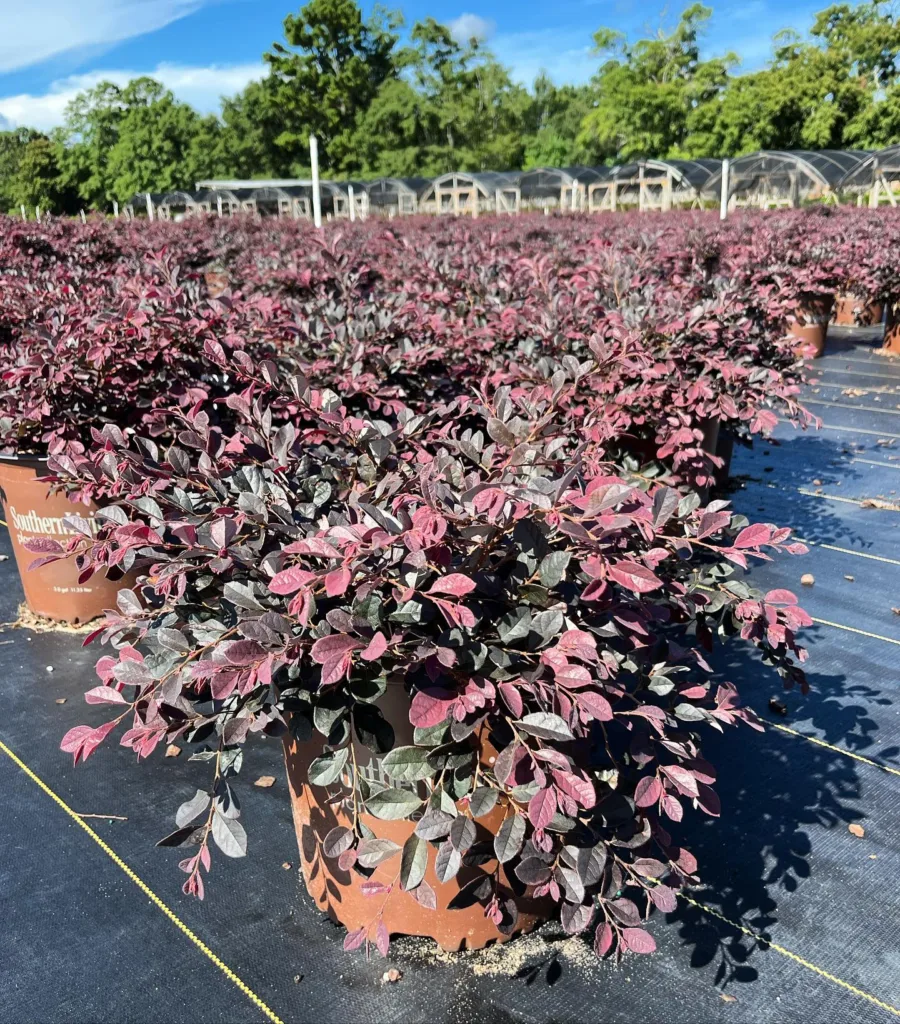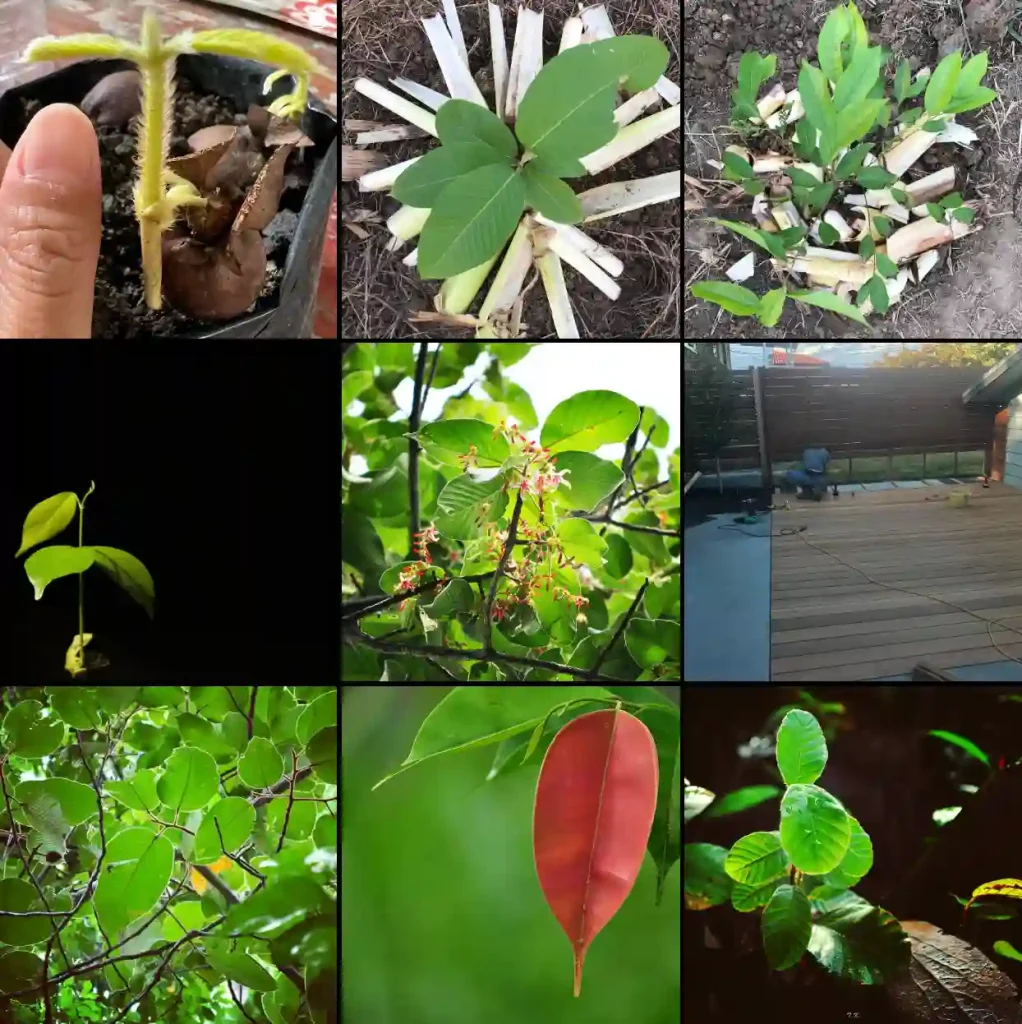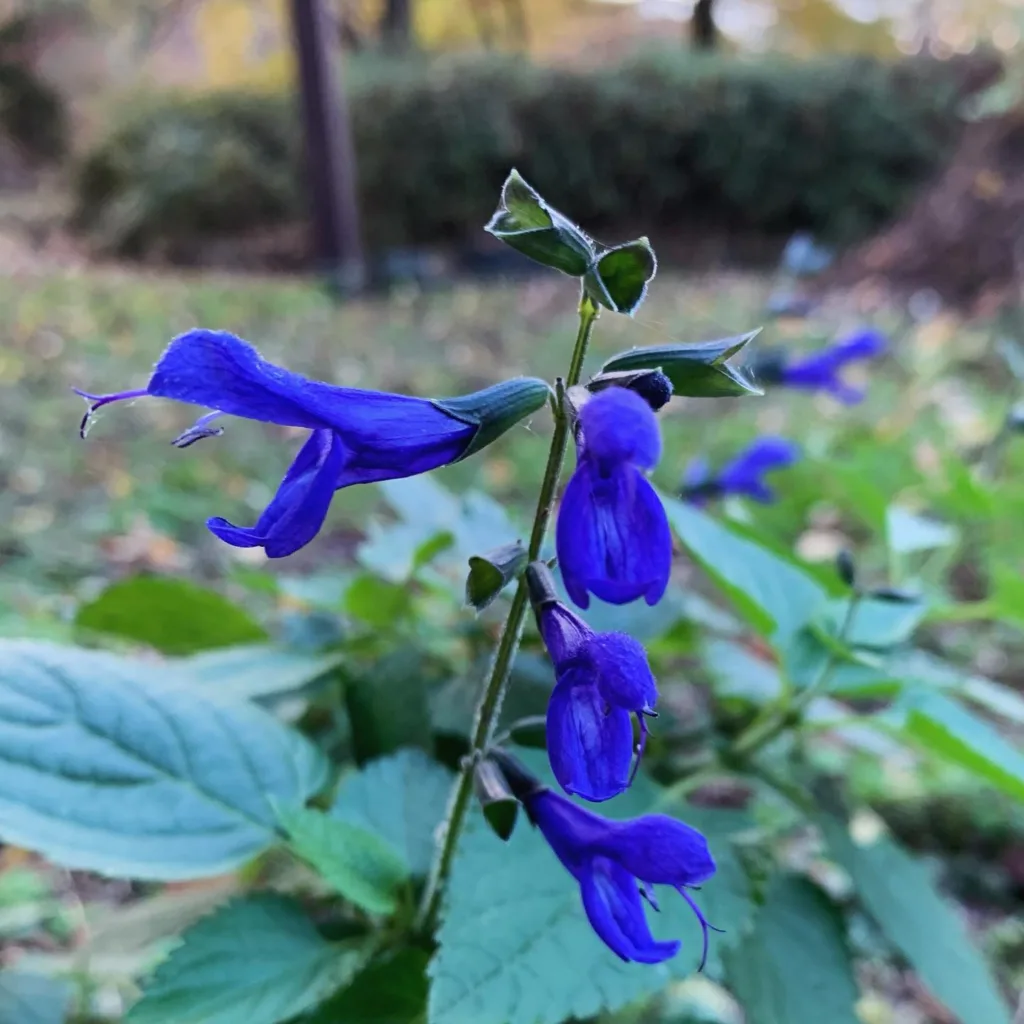What Is Potentilla Canadensis?
Potentilla Canadensis, commonly known as “Dwarf Cinquefoil” or “Running Cinquefoil,” is a low-growing, herbaceous perennial native to North America. I’ve come across it in various habitats—fields, meadows, and even along roadsides. It’s often mistaken for weeds because of its ability to spread quickly, but I find it to be an excellent ground cover plant due to its resilience and bright yellow blooms. Its five-petaled flowers add a cheerful pop of color in early summer, which I love seeing in my garden.
557 Species in Genus Potentilla – Cinquefoil
How Do I Care for Potentilla Canadensis?
Caring for Potentilla Canadensis is simple. In my experience, it’s a very low-maintenance plant that thrives on neglect. It prefers full sun but can tolerate partial shade, making it versatile for different garden settings. I’ve noticed it does best in well-drained soils, but it can handle poorer conditions too. During particularly dry spells, I water it moderately, but generally, it’s drought-tolerant.
Here’s a quick breakdown of care tips I follow:
- Sunlight: Full sun to partial shade.
- Water: Drought-tolerant, water sparingly.
- Soil: Well-drained, not too rich.
- Pruning: Occasional trimming helps control its spread.
How to Propagate Potentilla Canadensis?
Propagating Potentilla Canadensis is pretty straightforward. I’ve successfully done it through both division and stem cuttings. The plant spreads via runners, making division an easy option. Here’s how I usually do it:
- Division: In early spring or fall, I dig up a clump of Potentilla Canadensis and gently separate the rooted sections. Each section should have roots and some foliage. Then, I replant these in a well-prepared spot.
- Stem Cuttings: I take cuttings from a healthy plant in the spring. After dipping the cut ends in rooting hormone, I plant them in moist soil or a seedling mix. Within a few weeks, roots start to develop, and it’s ready to be transplanted.
What Can I Plant With Potentilla Canadensis?
Potentilla Canadensis pairs beautifully with other low-growing, sun-loving plants. I often plant it with other wildflowers like Coreopsis or Echinacea. It also contrasts well with ornamental grasses like Blue Fescue or Prairie Dropseed. If you want a wildflower garden look, pairing it with Gaillardia or Black-Eyed Susans works wonderfully.
I also find that it complements other ground covers such as Creeping Thyme or Ajuga, creating a lush, varied ground layer in the garden. These combinations can help create a balanced and visually appealing landscape.
Is Potentilla Canadensis Toxic?
From what I’ve researched and observed, Potentilla Canadensis is non-toxic to humans and pets. This is one reason I love it for my garden—it’s safe around children and animals. I don’t have to worry about any harmful reactions if they come into contact with the plant. It’s also a good choice for wildlife gardens, as it attracts pollinators like bees and butterflies without posing any toxicity risks.
What Are the Benefits of Potentilla Canadensis?
The benefits of Potentilla Canadensis are numerous. For one, it’s a fantastic ground cover. I’ve found it great for filling in bare spots in my garden without requiring much effort. The plant’s runners spread and establish themselves quickly, which helps control soil erosion, especially on slopes or in areas with poor soil conditions.
Another benefit is its drought tolerance. This plant requires minimal water, which makes it eco-friendly, particularly if you’re in a region with water restrictions. Plus, the bright yellow flowers it produces add visual interest and are pollinator-friendly, making it an excellent addition to wildlife gardens.
Common Problems With Potentilla Canadensis
While Potentilla Canadensis is generally problem-free, I’ve noticed a couple of minor issues that can arise. Occasionally, powdery mildew might affect the foliage, especially in humid conditions. This hasn’t been a big problem for me, but when it does appear, I make sure to improve air circulation around the plants and cut back affected leaves.
The other potential issue is overcrowding. Because the plant spreads via runners, it can sometimes take over areas of the garden if not kept in check. I tend to trim it back when needed, and that’s usually enough to manage it.
How Does Potentilla Canadensis Compare to Other Similar Plants?
Potentilla Canadensis can be confused with its close relative, Potentilla Simplex. While both plants are low-growing and share similar flowers, I’ve noticed that Potentilla Simplex tends to have more upright growth and spreads less aggressively. In contrast, Potentilla Canadensis has a more trailing habit, making it a better ground cover option in my opinion.
It’s also sometimes confused with other Cinquefoils, like Potentilla Fruticosa, which is a shrubbier variety. I prefer Potentilla Canadensis for covering ground, while Potentilla Fruticosa works better in mixed borders due to its bushier, more contained growth.
Can Potentilla Canadensis Be Invasive?
Yes, Potentilla Canadensis can become invasive if left unchecked. The runners can spread far and wide, which is great for ground cover but can sometimes choke out other plants. I always keep an eye on it and trim it back if it starts to overtake other parts of the garden. If you’re planting it in a small space, it’s a good idea to confine it with some type of border or edging.
Conclusion
In my experience, Potentilla Canadensis is a highly versatile and easy-to-grow plant that offers both visual beauty and practical benefits. Whether you’re looking for a tough ground cover, a pollinator-friendly plant, or simply a low-maintenance addition to your garden, this plant delivers. Just remember to keep it in check to prevent it from becoming too aggressive, and you’ll enjoy the charm of its bright yellow blooms all season long.
If i die, water my plants!



